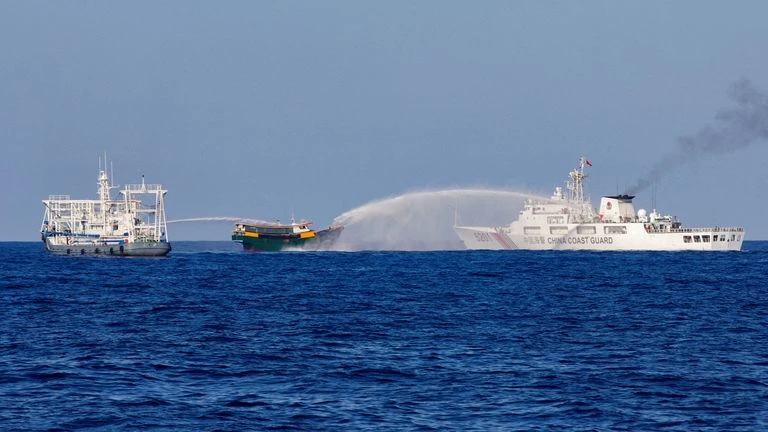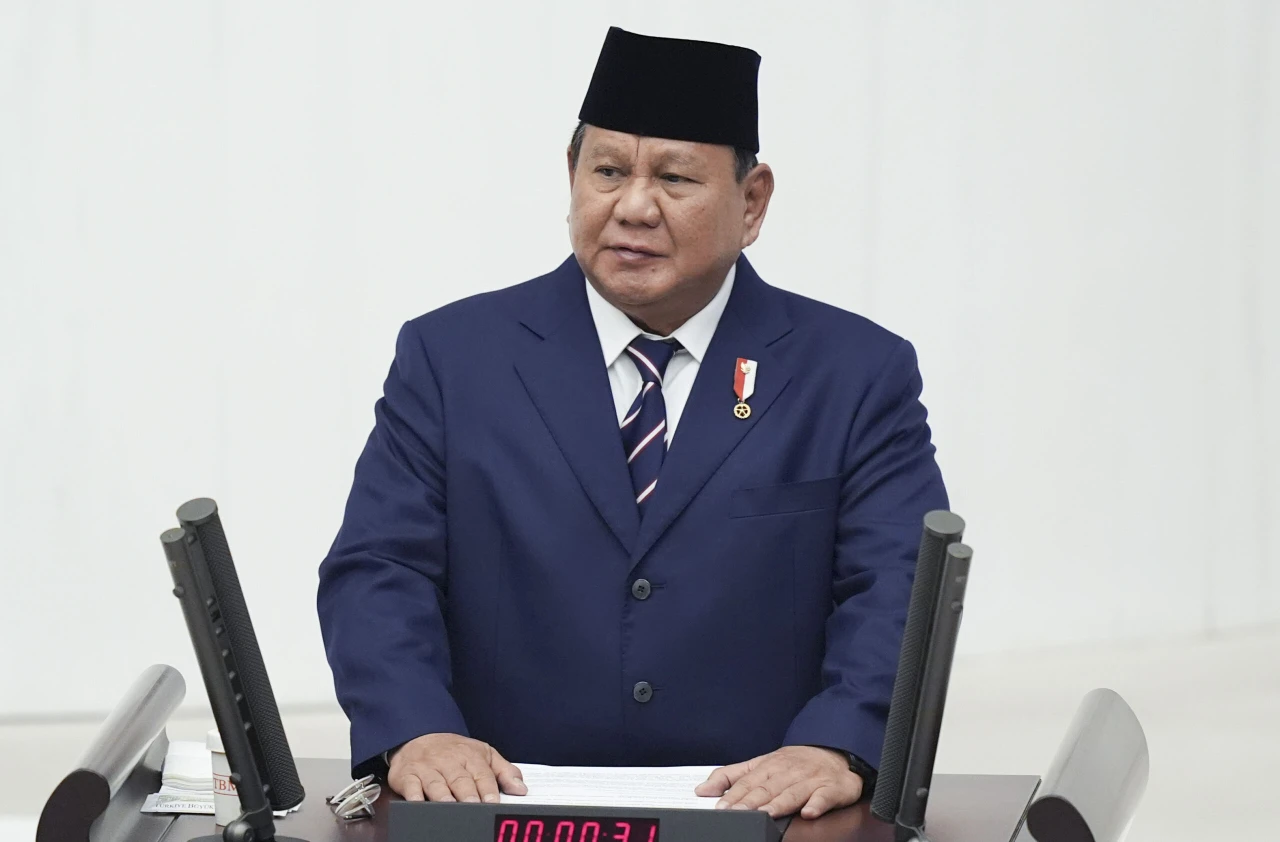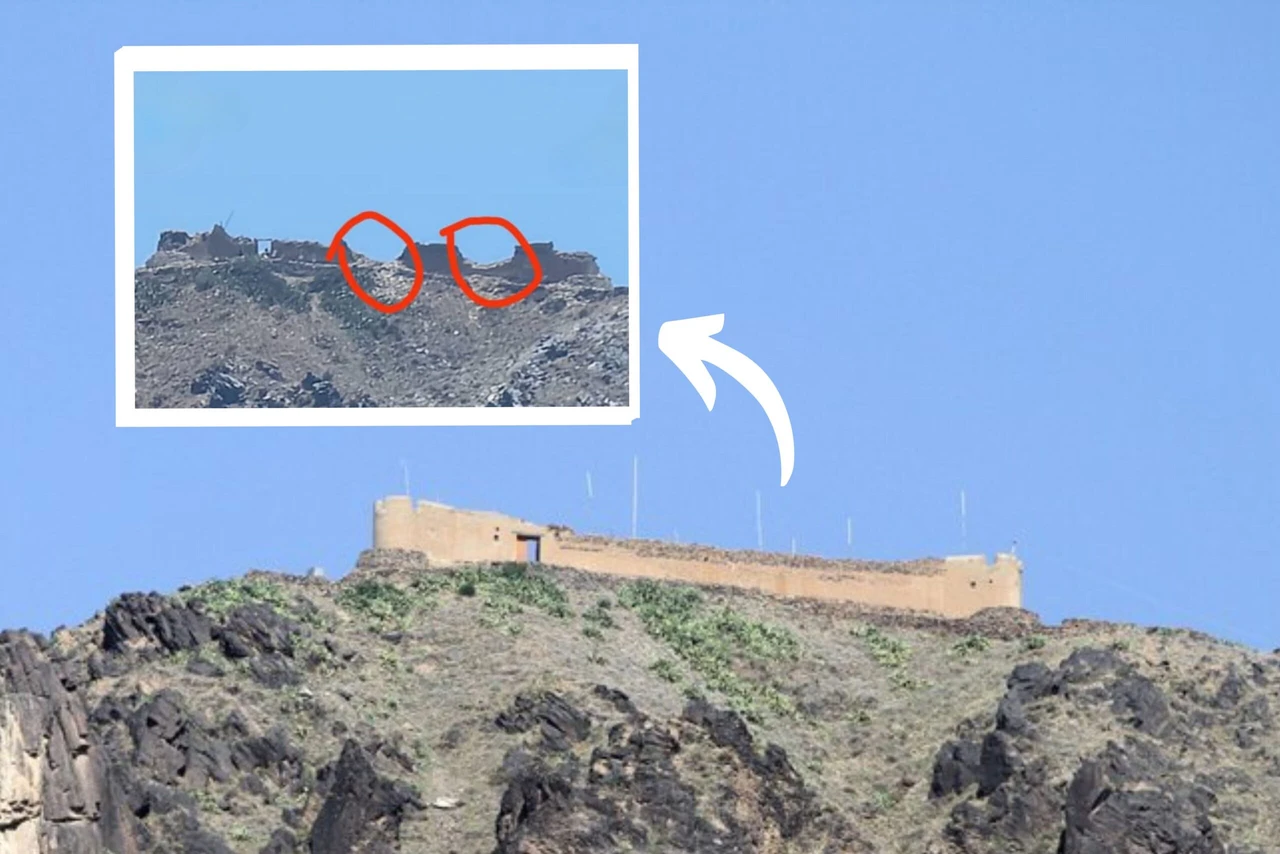China and the Philippines announce deal to stop clashes at disputed shoal
 Water cannons are fired towards a Philippine vessel in the South China Sea in May. (Picture via Reuters)
Water cannons are fired towards a Philippine vessel in the South China Sea in May. (Picture via Reuters)
China and the Philippines have reached an agreement aimed at ending confrontations at the fiercely disputed Second Thomas Shoal in the South China Sea, the Philippine government announced Sunday.
The shoal, known as Ayungin in the Philippines and Ren’ai Jiao in China, has been a flashpoint for hostilities that raised fears of a larger conflict involving the United States.
The crucial deal was finalized after a series of meetings between Philippine and Chinese diplomats in Manila and through exchanges of diplomatic notes. This arrangement seeks to establish a mutually acceptable framework at the shoal without conceding either side’s territorial claims.
Two Philippine officials, speaking on condition of anonymity, confirmed the deal to The Associated Press. The government later issued a brief statement emphasizing the need to deescalate the situation and manage differences through dialogue and consultation.
De-escalation and dialogue
“Both sides continue to recognize the need to deescalate the situation in the South China Sea and manage differences through dialogue and consultation,” the Philippines Department of Foreign Affairs said.
The statement also noted that the agreement does not prejudice each side’s positions in the South China Sea. China’s Ministry of Foreign Affairs announced the agreement shortly after midnight, highlighting the provisional arrangement on humanitarian resupply of living necessities. While the details of the agreement were not released, the move has sparked hope for similar arrangements between China and other nations with disputes in the South China Sea. The effectiveness and longevity of this deal, however, remain to be seen.
Historical clashes and future implications
The territorial standoff at the Second Thomas Shoal has flared repeatedly, with the worst confrontation occurring on June 17 when Chinese forces rammed and boarded two Philippine navy boats, seizing supplies and causing injuries. The incident was condemned by the United States and its allies, who called for upholding the rule of law and freedom of navigation in the South China Sea, a vital global trade route.
In addition to China and the Philippines, other nations including Vietnam, Malaysia, Brunei, and Taiwan are involved in territorial disputes in the waterway. The United States, which has no territorial claims in the region, has pledged to defend the Philippines if its forces come under attack, highlighting the strategic importance of this deal.
The recent confrontation and subsequent agreement underscore the delicate balance of power and the potential for both conflict and cooperation in the South China Sea. The removal of two key Chinese demands in the final agreement—prohibiting construction materials and granting inspection rights—was a significant concession that helped pave the way for the deal.



